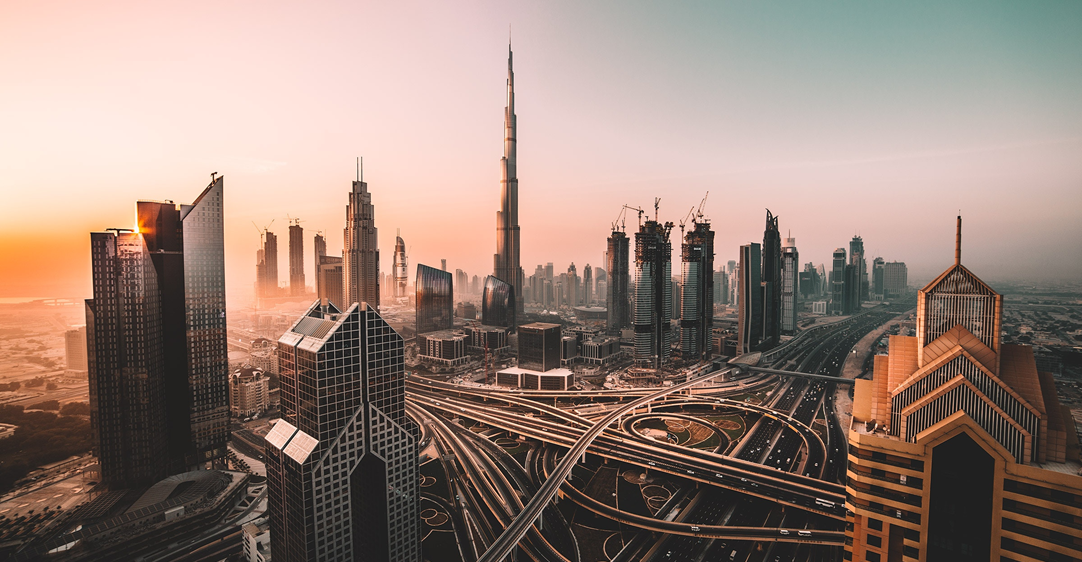Spillovers from regional conflicts and high vulnerability to domestic political shocks continue weighing on the Lebanese economy
Political crisis is over, for now, political risk is not
The political crisis triggered by Prime Minister Hariri’s resignation in early November 2017—supposedly under pressure from Saudi Arabia amid mounting tensions between the kingdom and Iran—has cooled off in the meantime. Hariri officially revoked his resignation a month later after all members of the government reconfirmed in a rare show of unity that Lebanon should stay out of regional conflicts.
Another breakthrough was achieved in mid-December. The authorities proclaimed that, after years of delays, the first parliamentary elections since 2009 will be held on 6 May. A new electoral law will introduce a more proportional representation and give small, reformist and nonsectarian groups a chance to enter parliament.
That said, we do not expect the election to fundamentally change the balance of power in Lebanon. The political system will remain dominated by the need to preserve the fragile balance among the main religious groups. The president has to be a Maronite Christian, the premier a Sunni Muslim and the speaker of the National Assembly a Shia Muslim. This power sharing encourages patronage and limits the effectiveness of policymaking.
While outright sectarian hostilities are likely to remain contained until after the elections, tensions in Lebanon can flare up again at any point of time thereafter, especially as the two big regional powers, Saudi Arabia and Iran, tend to fight proxy wars in other countries (for example Yemen). Overall, political stability and security will remain fragile over the next two years or so.
Large macroeconomic imbalances constitute continued high economic risk
The short-term improved political environment at home is likely to better the economic outlook in the near term as well. We forecast real GDP growth to pick up to +2% in 2018 from an estimated +1.6% in 2017. However, as the situation in neighboring, war-torn Syria will continue to affect Lebanon’s economy in the medium term, a return to earlier high growth rates is unlikely (Lebanon posted annual average growth of +5.6% in 2001-2010). Inflation is forecast to ease to an average 3.5% in 2018 from 4.4% in 2017.
Otherwise, large economic imbalances will continue weighing on the economy. The government has posted high fiscal deficits which amounted to an average –8% of GDP over the last 10 years. The shortfall narrowed to an estimated –7% in 2017, in part due to one-off fiscal measures, and is forecast to come in at around –7.5% in 2018. Consequently, public debt is very high at about 150% of GDP.
Moreover, the current account balance continues to record huge deficits, on average –18% of GDP over the last 10 years. Net FDI inflows (which have a long-term nature) covered only 20% of the external shortfall in 2016, a sign of weak foreign investor confidence in the country.
On a positive note, foreign exchange reserves have remained on an uptrend. At USD44bn in November 2017, they covered some 16 months of imports and continue to support the fixed exchange rate regime, mitigating transfer and convertibility risk in the short term.
Nonetheless, the large twin deficits and the steadily rising public debt level coupled with the exchange rate peg and the fragile political environment signify a “toxic” mix that justifies the worst rating level for Lebanon in our assessment of country risk.
GDP growth in Lebanon and the Middle East (%)















